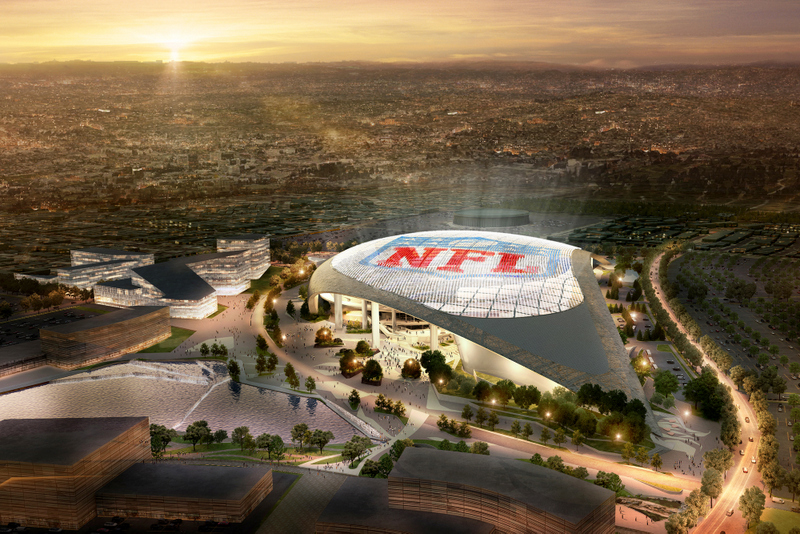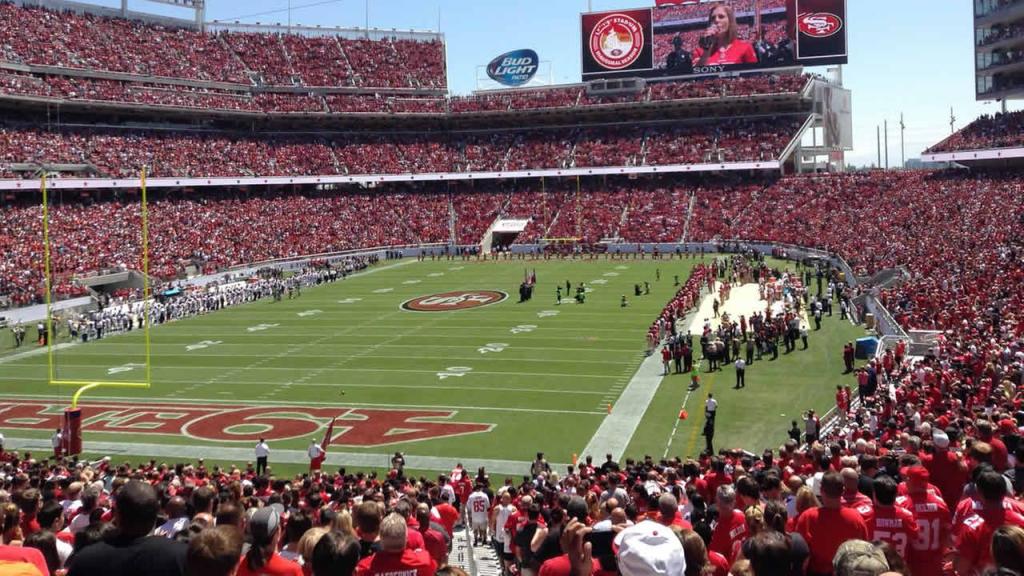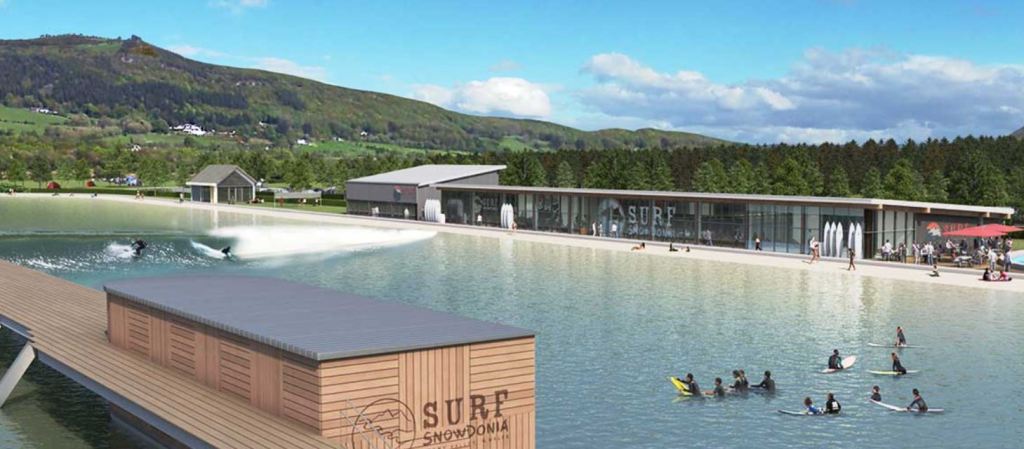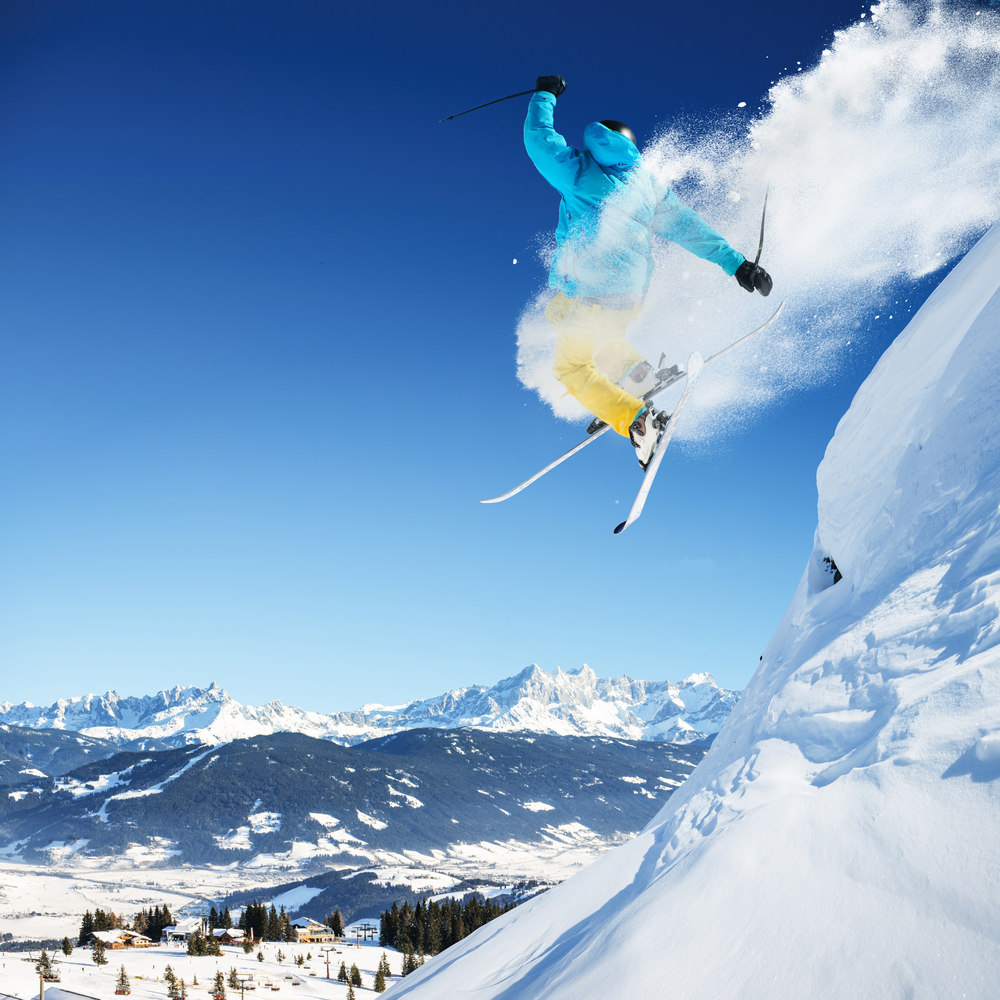Up to Bat
Cricket Expands in US
Pennsylvania-based Global Sports Ventures plans to introduce eight professional cricket teams to the United States. Each team will have its own stadium complex as part of a three-year initiative to solidify the sport’s presence in the country. To Jay Pandya, chairman of Global Sports Ventures, the U.S. is the next natural frontier for cricket. The […]




